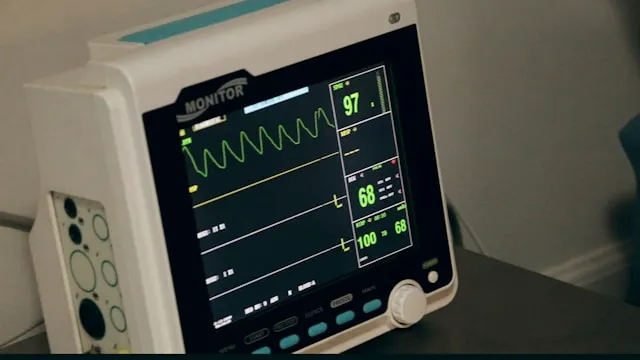Unfortunately, it is easy to consider cardiovascular disease and stroke an inevitable part of ageing. They are, after all, the leading causes of death. Earlier studies had shown that almost one in every four deaths in the India was caused due to cardiovascular disease. However, all is not lost in the fight against heart disease, as is suggested by the most recent estimates by the Centers for Disease Control and Prevention (CDC). According to the report, approximately 200,000 of deaths caused each year by heart disease, stroke, and high blood pressure (hypertension) among adults aged under 75 can be prevented. According to a Dr. Ashish Johari, a renowned cardiac surgeon in Mumbai,
80 per cent of deaths from cardiovascular disease can be attributed to factors like obesity, unchecked blood pressure and cholesterol and other poor lifestyle habits like lack of physical activity, unhealthy eating habits, and heavy drinking - all of which are preventable.
This places hope among all those battling a cardiovascular disease or are at high risk of developing one. Inculcating healthy lifestyle changes can control heart disease, along with being aware of one's risk factors and pro-actively determining to keep the heart healthy. Regardless of an individual's age and the current level of one's health, cardiovascular disease can creep up through any small lapses in lifestyle habits or due to inherent risk factors. It is, therefore, important to do one's best to lower the risk of heart disease by managing the risk factors. One should:
#1. Quit Smoking
It is never too late to quit smoking. The risk of developing heart disease or heart attack begins to decrease within weeks of quitting smoking.
#2. Aim for a Healthy Weight
A healthy weight corresponding to one's height is an important factor in keeping heart disease and other conditions like high cholesterol, high blood pressure, diabetes, etc. at bay.
#3. Manage Blood Pressure
A healthy blood pressure is an important indicator of a healthy heart.
#4. Follow diet rich in Fruits & Vegetables
Five servings of fruits and vegetables and limiting salt intake go a long way in keeping heart disease under control.
#5. Reduced consumption of Saturated and Trans Fats
This helps improve the bad LDL cholesterol level in the bloodstream. Other unsaturated fats must be consumed instead.
#6. Exercise Regularly
A physical activity of medium intensity for 30 minutes a day, over 3-4 times a week ensures a healthy heart.
Early action is key: Know the symptoms and take action
Risk assessment of cardiovascular disease has to be done at appropriate time and age. It should include ethnicity, smoking habit history, family history, body weight and waist circumference measurement, lipid, blood pressure and glucose levels. Often, patients experiencing heart attacks do not seek timely medical help. In many cases, it is a lack of awareness of the symptoms related to heart attack or stroke, which determines the difference between life and death. A heart attack or stroke may be the first warning of an underlying heart disease, and must be identified timely. One should know the symptoms of heart attack.
Prevention is cure
As stated above, addressing most cardiovascular risk factors like use of tobacco, unhealthy diet and obesity, high blood pressure can prevent cardiovascular diseases. WHO has identified very cost-effective interventions that can be implemented in low-economic zones as well to prevent and control heart disease. A. Self-help measures Maintaining a healthy diet, avoiding tobacco use and second-hand smoke, maintaining a healthy body weight and avoiding the harmful effects of alcohol can prevent heart disease and stroke. B. Government and health-care provider measures Several initiatives on part of the government and local health-care providers can ensure awareness and intervention of heart disease.
- Identifying high-risk group people at an early stage, using simple tools like risk prediction charts. Early detection can prevent future heart attacks and strokes.
- Survivors of heart attack or stroke are at a high risk of recurrent episodes and even death. Their risk should be addressed through a combination of drugs to lower cholesterol and blood pressure.
- Surgical intervention in a timely manner can treat cardiovascular diseases in patients. These include coronary artery bypass, heart transplantation, balloon angioplasty, valve repair and replacement, and artificial heart operations. In some cases, medical devices like pacemakers, patch and prosthetic valves should be employed to treat cardiovascular diseases.

Reviewed by







